A Scottish farming couple have shared their recipe for a successful, robust and resilient sheep enterprise.
Profitability and having a good work-life balance are the two drivers for Vic and Jason Ballantyne’s no-frills approach to business.
The pair tend a “low input, moderate output” pure grass-fed flock of sheep in one of mainland Britain’s furthest flung counties – Sutherland. They also keep suckler cows.
Their farm, Clynelish, near Brora, is a 309-acre tenanted unit, with additional rented grazing. The sheep are run alongside 100 cows, while Vic runs a B&B in the summer.
Hailing a strong lamb to ewe ration at the scanning stage, Vic said: “This season our 650-ewe Aberfield cross flock scanned 170%.”
There was also 92% survival from scanning to tagging, with “minimum shepherding or intervention”, she added.
The entire flock is lambed outdoors over 22 days, starting April 20. Outdoor calving starts the same day.
Aberfields are milky and make great mothers who stay with their lambs.”
Vic said: “We set stock twins around 40 ewes per three-hectare paddock and singles about 100 per paddock. We drive around three times a day, though could probably reduce this as intervention is minimal.
“Aberfields are milky and make great mothers who stay with their lambs.
“So, we’ve adopted a policy of leave well enough alone.
“We no longer number anything and haven’t had any problems with mis-mothering.”
The Ballantynes have recently introduced maternal Highlander and Romney rams in order to maintain “hybrid vigour”. Part of their flock is bred to the Primera meat sire.
Lambs are usually weaned at nine to 12 weeks, depending on grass availability, by when singles are averaging 32kg (70.5lbs) and twins 28kg (nearly 62lbs).
Flexibility is ‘key’ to sheep business
Vic added: “A small group of triplet lambs this year averaged 30kg at 12 weeks – entirely from grass.
“The bulk are sold store privately three weeks after weaning, so they are over the weaning stress and growing well prior to transport.
“Flexibility is key to the business, with decisions made annually to reflect weather and market conditions.”
‘Pushing around the edges’ is part of couple’s ‘mission’ at Clynelish Farm
She went on: “Our mission is to produce high quality, high welfare, environmentally sustainable lamb and beef. We try to reduce financial risks so we’re able to cope with market volatility.
“It’s a case of pushing around the edges to see what we can do without.
“We stopped feeding concentrates in 2007 and haven’t looked back. Boluses and mineral buckets have also been phased out except where a clear deficiency exists.”
Triplet-bearing ewes are rotationally grazed after scanning in early February, while most of the remaining ewes are wintered on good rough grazing.
“We’ll only put out silage as a last resort as the ewes are healthier grazing,” Vic said.
In a bid to further reduce exposure to market volatility, the Balantynes aim to avoid using synthetic fertiliser,
Vic explained: “When feed, fert(iliser) and fuel prices go up we aren’t really affected by them. But we’re still a fairly high production farm.”
Two key factors in Ballantynes’ sheep rearing success at Clynelish Farm
Robustness and resilience are seen as key to the flock’s overall success, given the environmental and nutritional challenges of the north Highlands’ long, dark and damp winters.
These are the two values which led the Ballantynes to introduce the Aberfield to their mostly Cheviot cross flock in 2015.
Vic added: “We want sheep that fit the environment, rather than always trying to adapt the environment to the sheep. We have increased conception and improved survival with a ewe that does well on our ground in our system.”
I don’t mind if they are a bit heavy if they are fat, but we don’t want tall, big-framed, lean animals here.”
Championing the input of sheep genetics firm Innovis to the process, she said: “We focus on EBVs (estimated breeding values) that are high for maternal ability, fat, BCS (body condition scoring) and growth, though structure and ‘type’ are also important.
“Our Aberfield cross ewes are maturing at 65-70kg (143-154lbs), enabling us to maximise stocking rate and overall efficiency of our grazing system. They’re easier for me to handle and preferred over more extreme types.
“I don’t mind if they are a bit heavy if they are fat, but we don’t want tall, big-framed, lean animals here.
Recovery time
“After July weaning, they have plenty of time to recover, and they’re used as a grazing management tool to tidy up behind the cows.
“The really impressive thing is they go into winter in good nick, and without anything more than good rough grazing they come home for lambing in tremendous condition and lamb with very few issues.
Read more: Young farmers tell us their jobs are so much more than ‘just driving a tractor’
“We make sure there is no reason for them not to be fit and healthy and then it is their job to look after themselves. This past lambing, not a single ewe needed calcium or twin lamb drench (parasite control) and we didn’t lose a single ewe.
“This also benefits our carbon footprint as we increase stocking density, lamb survival and longevity.”
Keeping it natural
Vic and Jason place a big focus on reducing the use of wormers through faecal egg counts and strategic grazing.
“The cattle are essential here,” Vic said, adding: “They follow the ewes and lambs, clean up the grazing and help reduce the worm burden. Only ‘high risk’ ewes such as triplets or leaner gimmer twins are wormed prior to lambing.
“We aim to give the lambs their first wormer at weaning, and have achieved this despite a very high stocking density.
Profitability a priority
Handlings and treatments of ewes and lambs are, therefore, “minimal”.
Profitability is “number one at Clynelish”, Vic told us.
She added: “Otherwise, we couldn’t do any of the extra stuff that we take joy from, like planting new trees and hedges, and time out for trips away.
Clynelish is a former AHDB/Quality Meat Scotland (QMS) Sutherland Monitor Farm, Farming For A Better Climate “focus farm” and member of the QMS Grazing Group.
Antipodean links
Vic, a 2022 Nuffield scholar, grew up on an near-2,000-acre mountain farm in Australia.
She first arrived at Clynelish for lambing nearly 20 years ago, after a spell backpacking.
The Ballantynes manage the farm’s day-to-day running themselves.
But they often have “an Antipodean couple” for a few months each summer to help with maintenance jobs and the B&B.
Vic said: “Living relatively remotely, we enjoy visiting other farms and learning from others.
“We also are happy to host folk here and have them challenge our own ideas. There is nothing like a fresh set of eyes. We tend we try a few new ideas each year.
The couple place a big emphasis on work-life balance.
Vic said: Perfect down time is just sitting in the garden with a cider, and we both enjoy a weekend away at the rugby.”
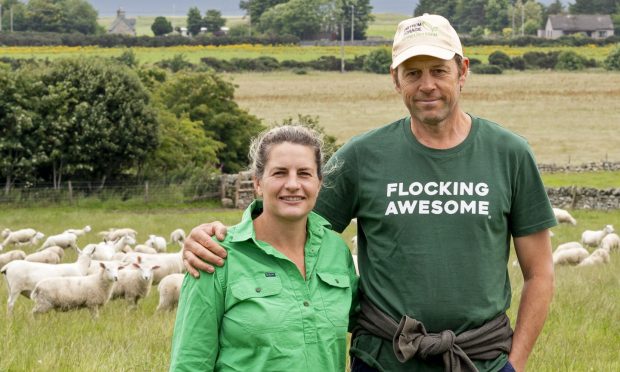
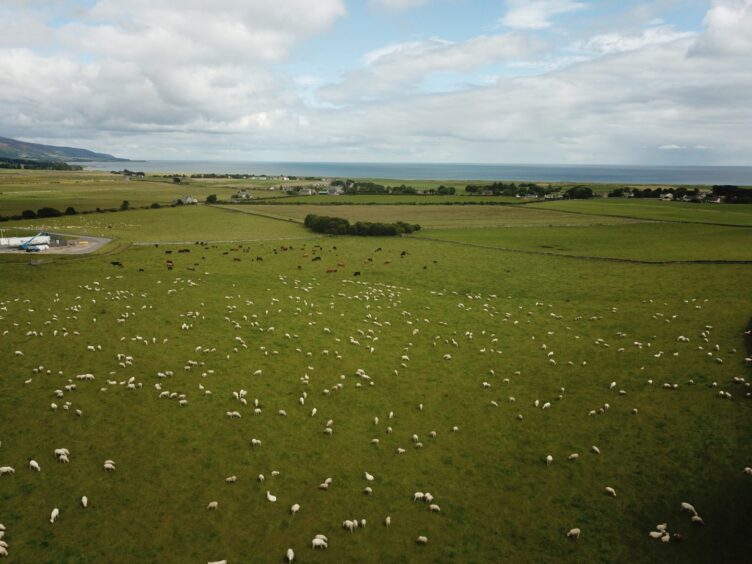
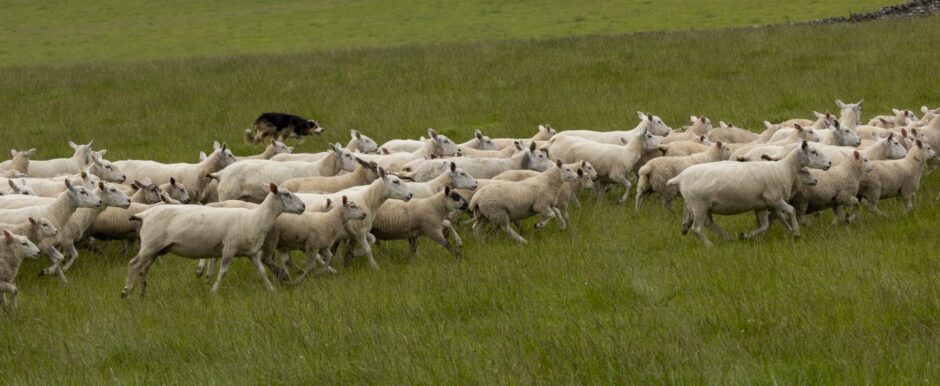
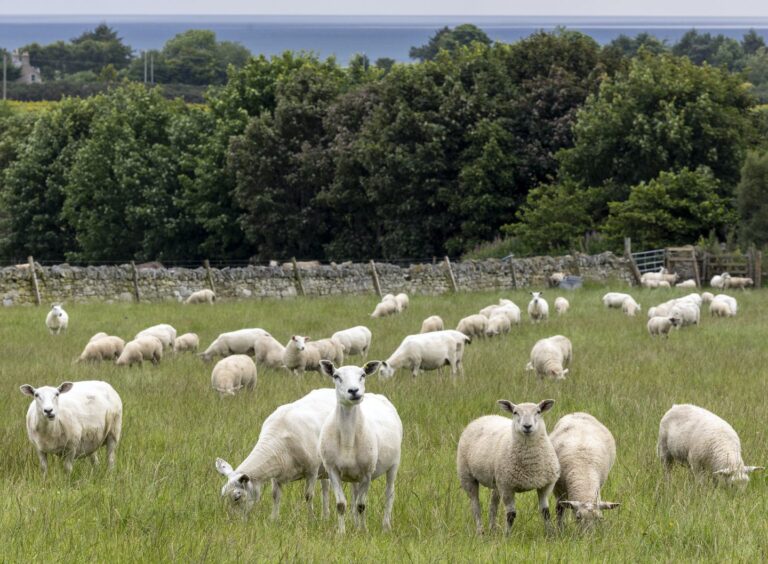
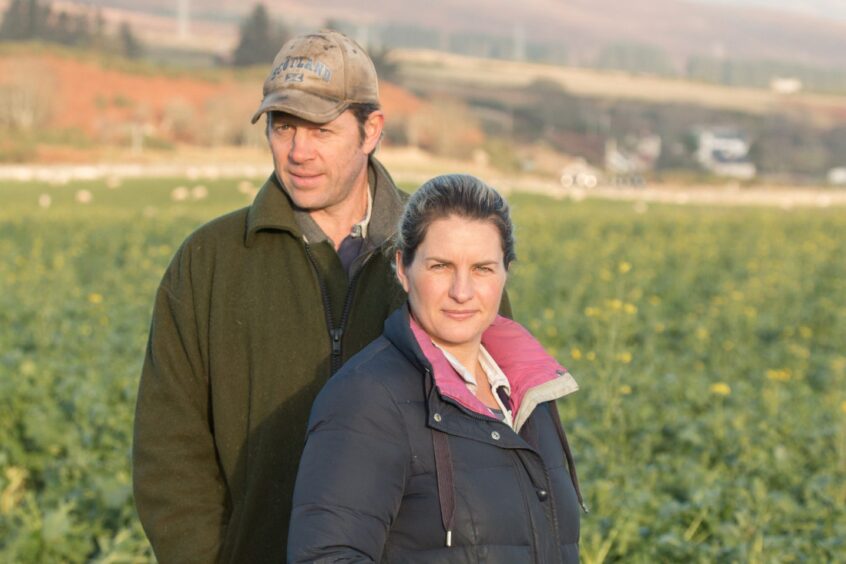
Conversation